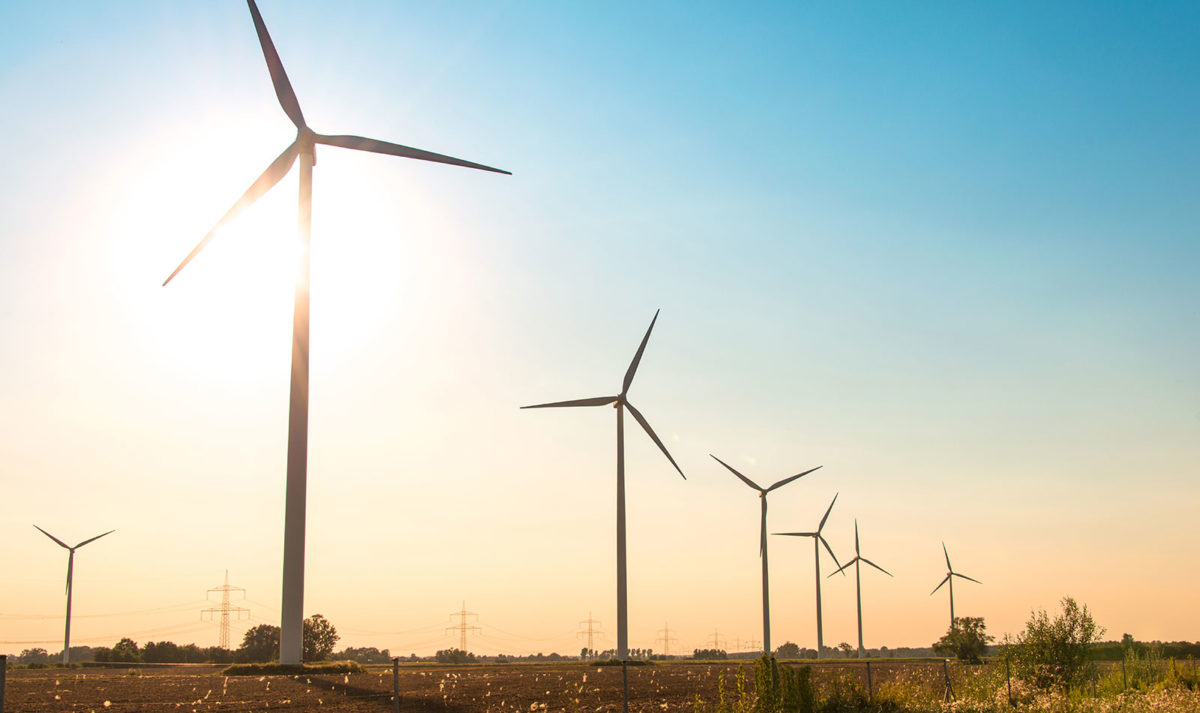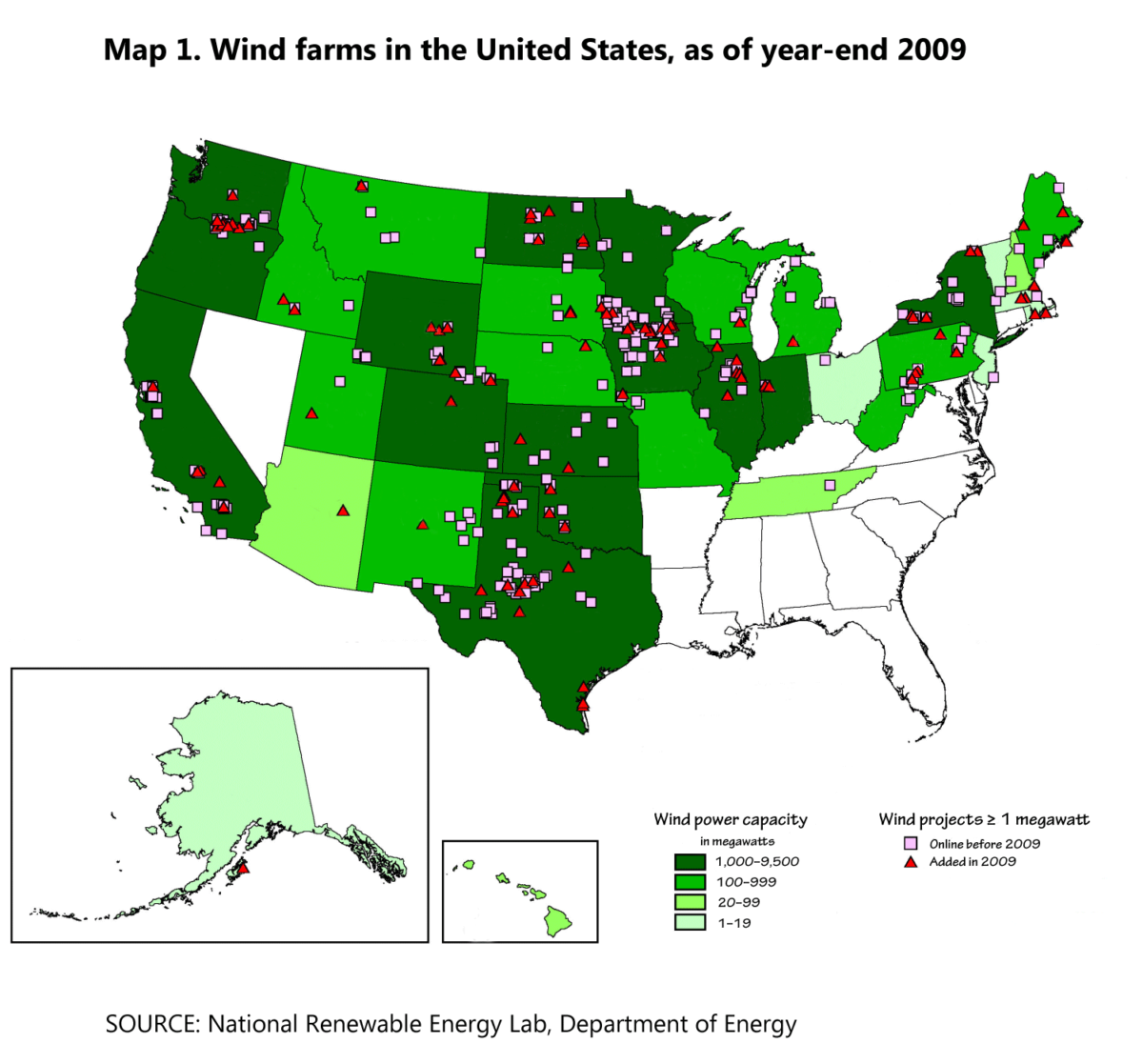CELDF has assisted the first communities in the U.S. to prohibit unsustainable energy projects, including harmful transmission towers and energy transportation corridors. From coal trains to export terminals, and industrial wind to transmission lines, CELDF is working with communities to protect themselves against environmental threats. Learn here about harms from unsustainable energy projects, how communities are organizing to stop them, and what you can do in your community.
Unsustainable energy projects are multiplying across the U.S., justified by government and industry claims that such projects “bring jobs” and make us “energy independent” (when they fall under the fossil fuels umbrella), or that they are “green” and “renewable” (when they fall under the “sustainability” umbrella). All too often, these claims are inflated or untrue.
Why does Unsustainable Energy matter?
Today, regardless of what energy source they tap – fossil fuels or purportedly “renewable” energy – a small number of corporations are determining when, where, and how to extract, produce, and distribute energy. In addition, they decide what energy source is most profitable, in which communities they will site, and how extraction, production, and transportation will occur – regardless of community wishes or the harms done in the places where people live.
The effects of unsustainable energy can be devastating.

Gas storage and shipping terminals
As shale gas drilling and fracking grow across the U.S., so do projects to export natural gas overseas. Currently, there are 14 proposed export terminals along the East, West, and Gulf Coasts,[1] including the Jordan Cove Export Terminal in Coos County, Oregon, and the Cabot Cove Export Terminal in Calvert County, Maryland.
On both of these projects, FERC admits there will be a substantial increase in damaging greenhouse gas emissions.[2&3] For example, in Jordan Cove, the project would consume 1.7 billion gallons of water for construction and 1.3 million gallons daily for operation. Construction would harm 38 acres of wetlands and permanently mar 36 of those acres. It would also destroy nearly 100 acres of forest and another 165 acres of meadows and open land.[3] he project would threaten the marbled murrelet, the Northern spotted owl and five species of endangered or threatened fish,[4] while countless other flora and fauna would experience disrupted habitat.
Additionally, economic impacts include non-local workers competing with residents and tourists for housing during construction;[3] out-of-town workers taking many of the estimated 145 permanent new jobs;[5] and an expected increase in domestic natural gas prices – some experts warn as much as 54%.[6]
Ominously, Jordon Cove is also at risk for earthquake and tsunami in the Cascadia Subduction Zone, which runs just off the coast of Coos Bay.[4]
However, these export terminals are only two of many thousands of other unsustainable energy projects.
Transmission wires and steel towers
Projects such as Northern Pass in New Hampshire – 180 miles of high transmission wires and steel towers reaching 140 feet in height, proposed to distribute electricity in New England’s southern tier – also have broad implications for the people and natural communities living there.
An Environmental Impact Statement (EIS) reported that Northern Pass would have an unquantifiable impact on tourism.[7] For this reason, given that tourism is New Hampshire’s second largest industry,[8] local economies in many communities along the project’s route are at risk. This is particularly problematic in the state’s “North Country,” where communities face the most economic challenge in the state.[9]
In addition to economic harms, the EIS report indicates the project threatens short- and long-term health and safety in building and operating Northern Pass, due to potential spills or leaks of hazardous materials, petroleum products, and waste, and harm to soil and groundwater. The construction process will also disrupt wildlife, forests, and vegetation and the route of the transmission lines will permanently alter these ecosystems. Risk to water and wetlands is likewise increased. Soil impacts include compaction and erosion.[7]
Part of the propaganda supporting Northern Pass is that it will transmit “green” energy – “green” because it is produced in part by hydroelectric power in Canada – but hydropower is anything but clean energy.
Hidden costs of hydropower
Hydropower impacts are, well, damning. The dams built to generate electricity can devastate river ecosystems, including adverse effects such as trauma and death to fish. In turn, the social and economic structures of communities dependent on those ecosystems are ravaged. Claims that dams are low carbon are controversial as well.[10]
So…how about wind?
The lowdown on industrial wind farms
Wind has its ups and downs. While wind power is the cheapest new source of electricity in many parts of the nation, and while more megawatts of wind power were installed in 2012 than any other energy source,[11] wind’s potential is very limited. As a result, the U.S. Energy Information Administration expects wind to make up less than 0.5% of the nation’s energy needs by 2025.[11] More crucially, up two-thirds of the economic value of wind projects comes from tax breaks, making these subsidies more valuable to the inaptly named “wind-farm” owners than any revenue from the meager amounts of electricity they produce.[12] And then there’s the reality of wind’s danger.
More than a breeze
Wind power – produced at an industrial level – is harmful.
Stray voltage, constant noise, infrasound, ground current, increased lightning strikes, and shadow flicker have all been associated with industrial wind farms.[13] These effects of wind turbines cause an array of symptoms among animals and humans. Electrohypersensitivity (EHS) has been diagnosed in many people living near industrial wind farms, with children and the elderly showing increased susceptibility. Moreover, EHS has at least 87 known symptoms, including cognitive dysfunction, fatigue, poor sleep, body aches, headaches, mood disorders, nausea, rashes, rapid heart rate, altered blood pressure, hair loss, altered menstrual cycles, tinnitus and nosebleeds.[13] Wind turbines may also discharge ground current if proper wiring and safeguards aren’t established on the wind farm or nearby structures. If this voltage enters the home through plumbing, it has been shown to increase the risk for leukemia in children by 300%.[12]
Animals are prone to many of the same symptoms as humans, though at times more extreme. Problems reported among previously healthy cattle near an industrial wind farm in Kewaunee County, Wisconsin, include deaths from cancer, mutations (no eyeballs or tails), ringworm, lice, parasites, mange, aborted pregnancies, mastitis, kidney and liver failure, and black-and-white coats turning brown.[12]

A bright future?
Solar power is often hailed as a promising alternative energy source. For instance, one sweltering 100-square-mile chunk of the Southwest could power the entire nation with solar energy.[15] Of course, that idea derives solely from the amount of sun rays in such areas – the reality of building a 100-square-mile field of solar panels would run into several challenges. Nonetheless, the solar trend has caught on. Between 2006 and 2013, the number of homes in the U.S. with rooftop solar panels grew by over 1000% to cover nearly 400,000 homes.[15]

The dark side of solar power
Imagine a charismatic businessman pitching a plan for a new solar plant in your community. The first piece of information they would omit from the conversation is that most areas in the U.S. with the greatest potential for solar energy are also those with the driest climates, leaving them susceptible to solar power’s high demand for water.[16] In fact, though water usage varies among solar plants depending on the type, a typical concentrated solar plant (CSP) extracts 600–650 gallons of water per megawatt-hour of electricity produced, in order to cool the panels.[16] In addition, photovoltaic (PV) solar systems are estimated to require 3.5–10 acres of land per megawatt, while CSP facilities demand 4–16.5 acres per megawatt.[16]
Even if land and water use aren’t of concern, communities are not yet out of the woods. Unfortunately, the process of making PV cells requires numerous hazardous materials, including hydrochloric acid, sulfuric acid, nitric acid, hydrogen fluoride, 1,1,1-trichloroethane and acetone.[16] Contained in thin-film PV cells are even more toxic materials, including gallium arsenide, copper-indium-gallium-diselenide and cadmium-telluride. These materials can pose serious environmental and public health threats.[16]
No Town Hall
U.S. energy policy directly affects ordinary folks and their communities, but routinely refuses them the choice to create their own sustainable future. Local governments are also deprived of the municipal authority to decide their own energy policies and to reject unsustainable policies set by others. Instead, a handful of energy corporations and corporate decision-makers have long dictated the energy policy of the U.S. They have, over the last century, denied the right of people and communities to make decisions about energy investments and technologies.
![[29]](https://celdf.org/wp-content/uploads/2015/08/energy-3.jpg)
CELDF’s Take on Sustainable and Unsustainable Energy
CELDF supports the development, production and use of sustainable energy. Sustainable energy is:
- Produced from truly renewable fuel sources;
- Used to decrease energy produced from non-renewable energy sources;
- Governed and controlled by democratic community decision-making over the development, production and use of that energy; and
- Produced and used in ways which do not interfere with the rights of nature, communities and ecosystems.
CELDF’s commitment is to end the United States’ unsustainable energy policy by supporting the growth of sustainable energy laws at the municipal and state levels. Implementing those goals means that:
- our organization will provide support to communities seeking to prohibit unsustainable energy production, development, extraction and use within their municipalities through the adoption of local ordinances, and working to advance those laws to the state level through state Community Rights Networks;
- our organization will also provide support to communities seeking to mandate sustainable energy production and use within their communities through the adoption of local ordinances, and working to advance those laws to the state level through state Community Rights Networks.
CELDF in action
Pittsburgh, PA, is the first community CELDF assisted to establish a right to a sustainable energy future. We have now organized in communities from New Hampshire to New Mexico, and from Colorado to Oregon, to draft Community Bills of Rights laws that prohibit unsustainable energy development, including fracking, the proposed Northern Pass project in New Hampshire, and the Jordan Cove Export Terminal in Oregon. These Bills of Rights go a step beyond prohibitions, to establish the right of communities to a sustainable energy future.
Take action. Stand up to unsustainable energy.
If harmful energy projects threaten you or your community, or you wish to establish and protect your right to a truly sustainable energy future, contact CELDF and learn how to take action. You and your community have rights, and CELDF is here to help you fight for them.
Sources
[1] http://www.ibtimes.com/feds-approve-fourth-lng-export-terminal-amid-growing-pressure-cash-us-energy-boom-1697255
[2] http://articles.baltimoresun.com/2014-01-26/business/bs-bz-cove-point-exporting-safety-20140126_1_cove-point-lng-import-terminal-lng-facility
[3] http://energy.gov/sites/prod/files/2015/10/f27/EIS-0489%20Jordan%20Cove%20LNG%20FEIS%20Summary%202015-09.pdf
[4] http://www.oregonlive.com/business/index.ssf/2014/11/feds_say_environmental_and_saf.html
[5] http://www.nolngexports.org/economic-impact/
[6] http://www.bloomberg.com/news/articles/2012-01-19/lng-exports-may-spur-higher-u-s-natural-gas-prices-report-says
[7] http://media.northernpasseis.us/media/EIS-0463-DEIS-Summary-2015.pdf
[8] https://stateimpact.npr.org/new-hampshire/tag/tourism/
[9] https://stateimpact.npr.org/new-hampshire/tag/north-country/
[10] http://www.forbes.com/sites/jamesconca/2014/11/04/the-hidden-cost-of-hydroelectric-power/
[11] http://www.aweo.org/Schleede.html
[12] http://www.aweo.org/windlincoln.html
[13] Havas, Magda, and David Colling. “Wind turbines make waves: why some residents near wind turbines become ill.” Bulletin of Science, Technology & Society (2011): 0270467611417852.[14] http://www.bls.gov/green/wind_energy/map_1.htm
[15] http://www.ucsusa.org/our-work/clean-energy/increase-renewable-energy/affordable-rooftop-solar-united-states#.ViY_2n6rSM8
[16] http://www.ucsusa.org/clean_energy/our-energy-choices/renewable-energy/environmental-impacts-solar-power.html#.ViY_XX6rSM-
[17] http://www.seia.org/research-resources/solar-industry-data
